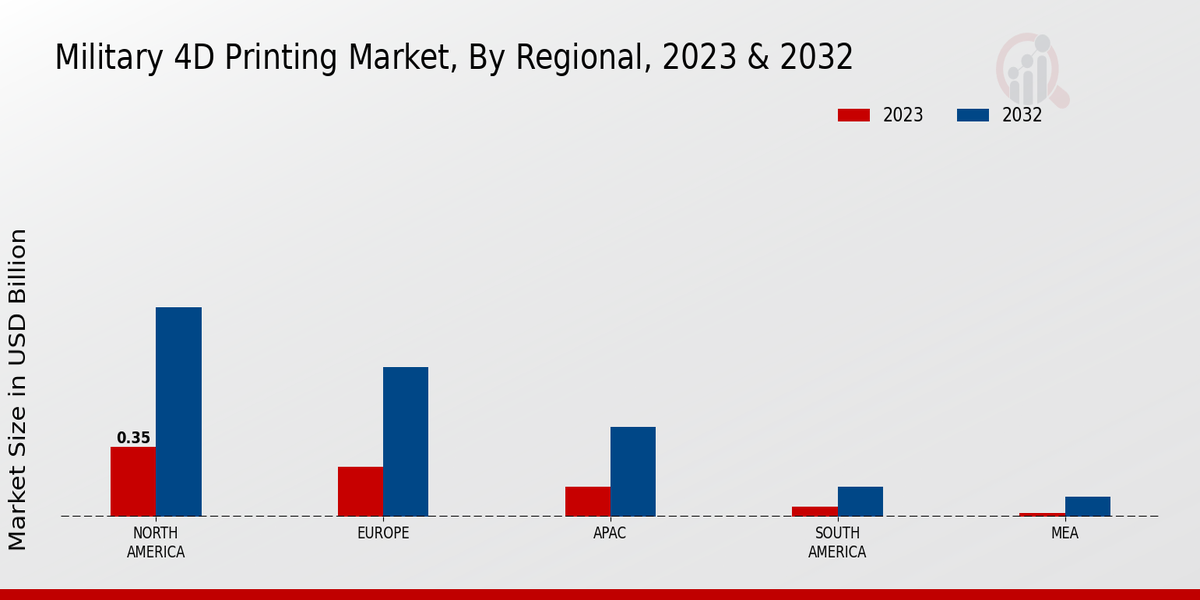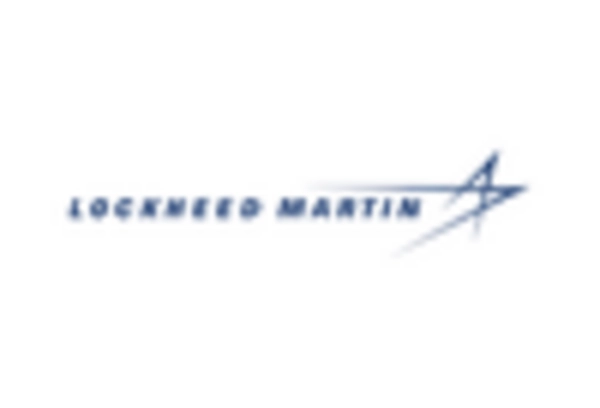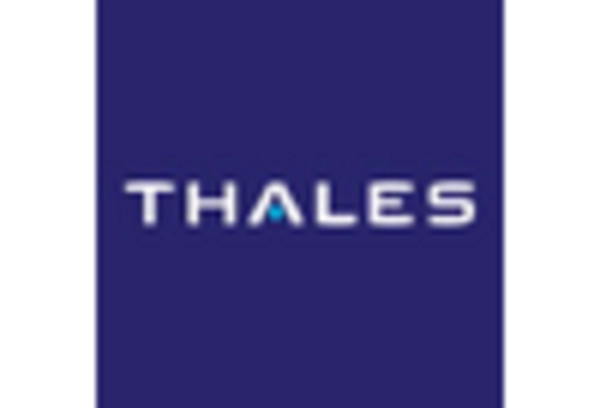Advancements in Material Science
The Military 4D Printing Market is experiencing a surge in advancements in material science, which is pivotal for the development of innovative military applications. New materials, such as shape-memory alloys and self-healing polymers, are being integrated into 4D printing processes. These materials can adapt to environmental changes, enhancing the functionality of military equipment. The ability to produce components that can change shape or repair themselves in the field is particularly appealing for military operations. As a result, the market is projected to grow at a compound annual growth rate of approximately 25% over the next five years, driven by these technological advancements. This evolution in material capabilities is likely to redefine the operational efficiency of military forces, making them more agile and responsive to dynamic battlefield conditions.
Customization and Rapid Prototyping
Customization is becoming increasingly vital in the Military 4D Printing Market, as military operations often require tailored solutions to meet specific mission needs. 4D printing technology allows for rapid prototyping of components, enabling military engineers to design and test new equipment quickly. This capability is essential for adapting to evolving threats and operational requirements. The ability to produce customized parts on-demand can lead to a reduction in development time by up to 50%, allowing military units to respond more swiftly to emerging challenges. As military forces seek to enhance their technological edge, the demand for customized solutions through 4D printing is expected to rise, further propelling market growth.
Cost Efficiency and Resource Optimization
Cost efficiency is a critical driver in the Military 4D Printing Market, as it allows military organizations to optimize their resources effectively. Traditional manufacturing methods often involve high costs and long lead times, which can hinder military readiness. In contrast, 4D printing enables on-demand production of parts and equipment, significantly reducing inventory costs and waste. Reports indicate that military organizations can save up to 30% on production costs by adopting 4D printing technologies. This financial advantage is particularly crucial in an era where defense budgets are scrutinized. By streamlining production processes and minimizing material waste, military forces can allocate resources more strategically, enhancing overall operational capabilities.
Strategic Partnerships and Collaborations
Strategic partnerships and collaborations are emerging as a key driver in the Military 4D Printing Market. Military organizations are increasingly collaborating with technology firms and research institutions to leverage expertise in 4D printing technologies. These partnerships facilitate knowledge transfer and accelerate the development of innovative solutions tailored for military applications. By pooling resources and expertise, military forces can enhance their technological capabilities and stay ahead of adversaries. The trend of collaboration is expected to foster a more dynamic market environment, with new entrants and innovations likely to emerge. As these partnerships evolve, they will play a crucial role in shaping the future landscape of military 4D printing.
Enhanced Logistics and Supply Chain Management
The Military 4D Printing Market is significantly influenced by the need for enhanced logistics and supply chain management. Traditional supply chains can be vulnerable to disruptions, particularly in conflict zones. 4D printing offers a solution by enabling military units to produce necessary parts and equipment on-site, thereby reducing dependency on lengthy supply chains. This capability can lead to a decrease in logistical delays and improve operational readiness. Studies suggest that military organizations can reduce supply chain costs by approximately 20% through localized production. As military operations become more complex, the ability to print components as needed will likely become a cornerstone of effective logistics strategies.



















Leave a Comment